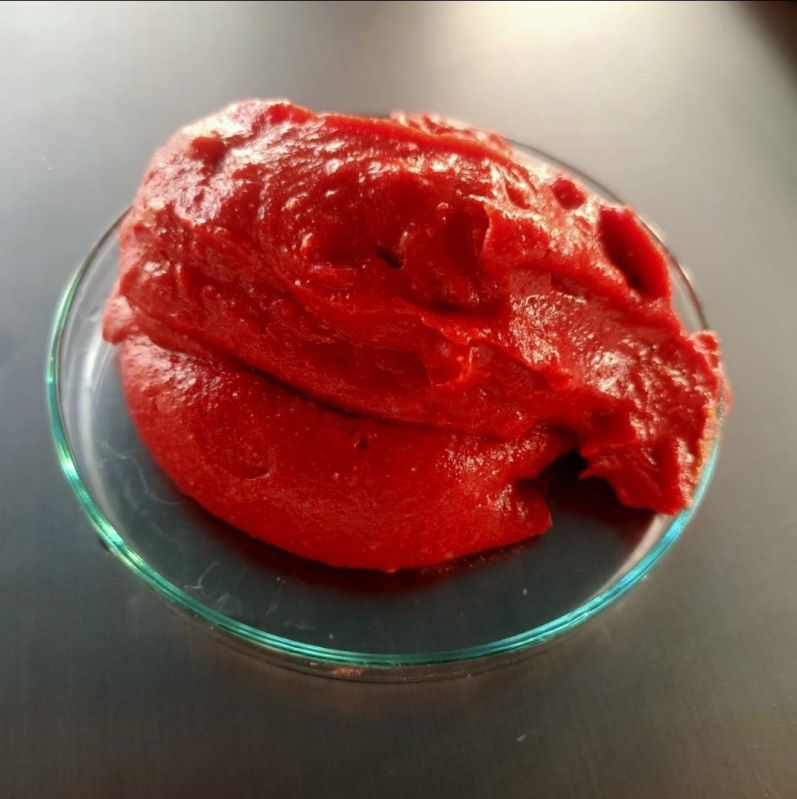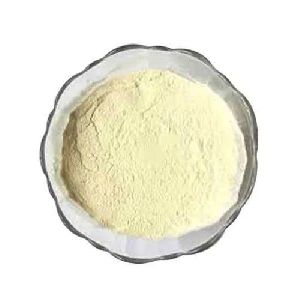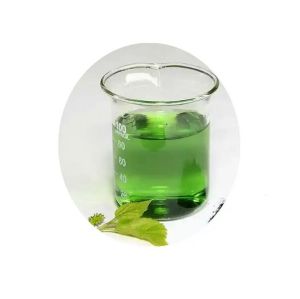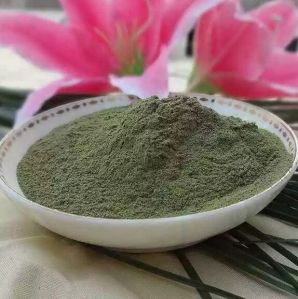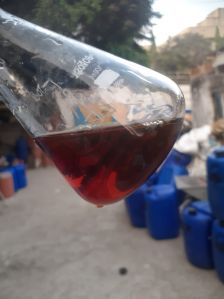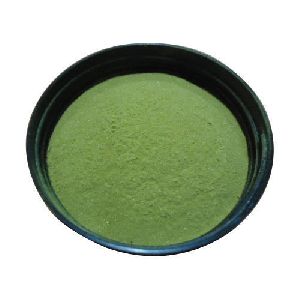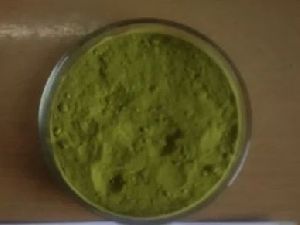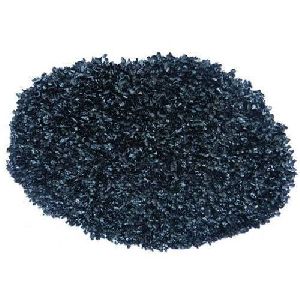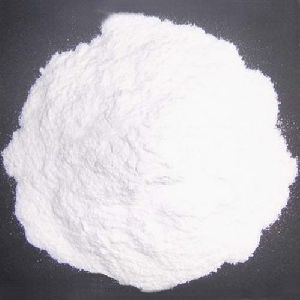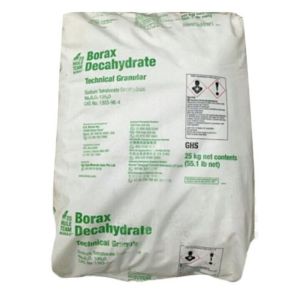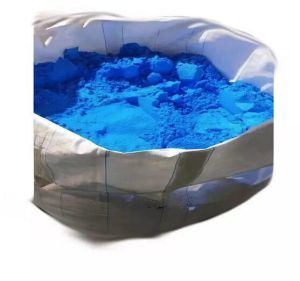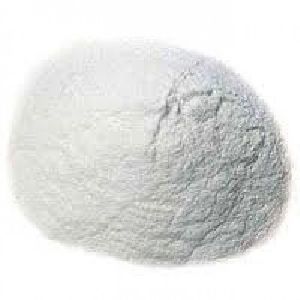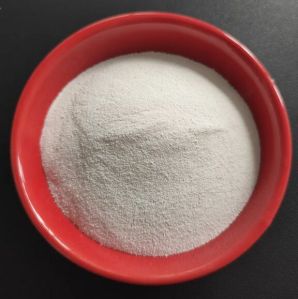- Belgaum, Karnataka
- GST NO. : 29DUBPK6295K2ZX
- +91-9148775788
Seaweed gel Red alage
| Business Type | Manufacturer, Exporter, Supplier, Trader |
| Color | Red |
| Form | Semi-liquid |
| Purity | 100% |
| Click to view more | |
Preferred Buyer From
| Location | Anywhere in India |
Product Details
Seaweed gel derived from red algae can be used as a biostimulant to enhance plant growth, improve soil health, and increase crop productivity. Red algae, also known as Rhodophyta, contain various beneficial compounds, including polysaccharides, amino acids, vitamins, minerals, and plant growth regulators, which contribute to their agricultural applications.
Here are some potential uses and benefits of using seaweed gel from red algae in agriculture:
1. **Plant Growth Promotion**: Seaweed gel contains natural plant growth regulators, such as auxins, cytokinins, and gibberellins, which can stimulate seed germination, root development, and overall plant growth. Applying seaweed gel to seeds, seedlings, or foliage can enhance plant vigor and productivity.
2. **Nutrient Uptake and Efficiency**: Red algae gel contains a range of essential nutrients, including nitrogen, phosphorus, potassium, and micronutrients, which are readily available to plants in a bioavailable form. These nutrients can improve nutrient uptake, nutrient use efficiency, and overall plant nutrition, leading to healthier and more resilient crops.
3. **Stress Tolerance**: Seaweed gel contains bioactive compounds, such as antioxidants, osmoprotectants, and phytohormones, which can help plants tolerate environmental stresses, including drought, salinity, temperature extremes, and pest or disease pressure. Applying seaweed gel to crops can enhance stress resistance and improve crop survival and yield stability under adverse growing conditions.
4. **Soil Health and Microbial Activity**: Seaweed gel can improve soil structure, texture, and fertility by promoting microbial activity, organic matter decomposition, and nutrient cycling in the soil. The polysaccharides and organic compounds in seaweed gel serve as food sources for beneficial soil microorganisms, enhancing soil biodiversity and fertility over time.
5. **Disease and Pest Management**: Some compounds present in red algae gel, such as carrageenans and sulfated polysaccharides, exhibit antifungal, antibacterial, and antiviral properties, which can help suppress soilborne and foliar pathogens, as well as repel certain pests. Incorporating seaweed gel into integrated pest management programs can reduce the reliance on synthetic pesticides and promote sustainable agriculture practices.
6. **Environmental Sustainability**: Seaweed gel from red algae is derived from renewable marine resources and is biodegradable, making it an environmentally sustainable option for agricultural production. Using seaweed gel can reduce the environmental impact of conventional farming practices and contribute to more eco-friendly and sustainable agriculture.
When using seaweed gel from red algae in agriculture, it's essential to follow recommended application rates, timings, and methods to maximize effectiveness and minimize potential risks. Additionally, it's advisable to conduct field trials and monitor crop responses to determine the optimal use of seaweed gel for specific crops, soil types, and growing conditions.


